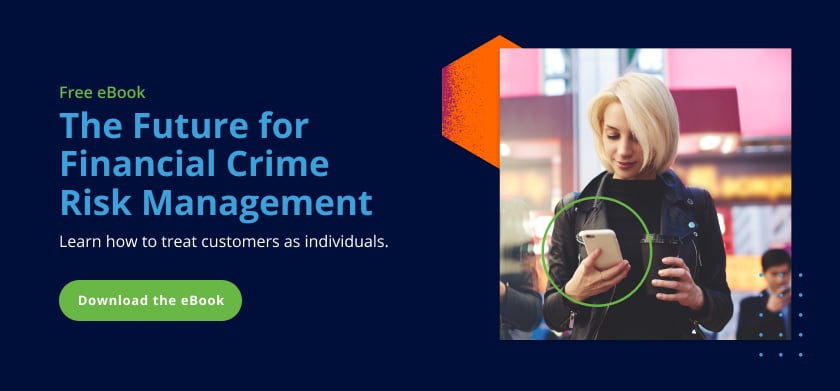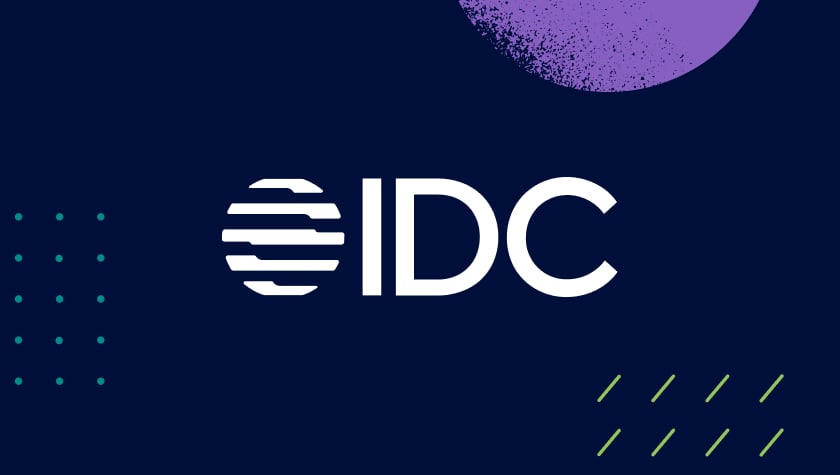
All this week, you’ve heard stories about how fraud takes a toll on real people through scams, identity theft, account takeover attacks, and more. But while Fraud Week is winding down, it’s important for banks to incorporate the lessons learned this week into their own fraud prevention efforts. What can financial institutions do right now to better protect their organizations and their customers from fraud? Feedzai’s Andy Renshaw outlines a five-step action plan that financial institutions can implement right away to prevent fraud.
Andy Renshaw: Hi, this is Andy Renshaw at Feedzai, and I’m going to talk to you about five things that I wish banks were doing right now to prevent fraud.
1. Keep Fraud Prevention Education Fresh
One of the things I saw through Halloween that was particularly impressive was a lot of adaptation around education. Tailored education leaning on that Halloween message. Banks can keep education fresh for their customers. Tailor it around the situation.
Obviously going into Christmas, there’s an opportunity to lean on the key messages. So keep education fresh, and help customers understand the risks that they’re facing without feeling scared.
2. Be Proactive With New Merchants to Prevent Purchase Scams
Purchase scams are prevalent all year round. But as we go into the Christmas season, this is going to be the real hot time for fraudsters to exploit that threat. You’re likely to see customers use new merchants that they don’t typically use. So how do banks adapt their strategies to reflect that without opening risk?
One option is to look for new merchants that are becoming prevalent and to have proactive strategies around that. Also, place greater trust in merchants that customers regularly use. AI and machine learning are obvious ways to leverage that.
The other thing we’ll see are delivery scams – you know, “My parcel didn’t arrive.” So having active strategies around how to have these conversations with customers about their rights to chargebacks will be crucial for banks going into the Christmas season.
3. Have Active Strategies to Prevent 1st, 2nd Party Fraud
Now, moving on to the slightly kind of less upbeat kind of tone right now – the cost of living is rising. And what does that create? Unfortunately, that creates desperation for customers to do things they wouldn’t normally do. Any chance to grab a quick buck, pound, or euro will be there. So staying kind of sensitive to that will be key for banks.
The other thing is looking at that potential first-party or second-party fraud. So having active strategies, doing that analysis to look for customers who are maybe starting to claim things are fraudulent that aren’t, or actually starting to move from being a victim of fraud to unfortunately participating due to desperation around the cost of living, would be a great thing for banks to be doing over the next three to six months.
4. Get Involved in Regulatory Conversations
Moving into the slightly broader areas of regulation. Regulation continues to adapt, especially around rights to refunds and who’s liable. It’s vital to have a strategy around regulatory change. But actually, my advice would be to participate. Wherever you can be part of the consultative process, get involved and help shape those regulations, and really get your point of view across. Regulations can’t be written at the center without context, and banks and financial institutions can really provide that day-to-day and that rich context.
5. Invest in Real-Time by Design
And then moving into the final area, my fifth tip: real-time by design. We’re seeing more and more that as a new payment architecture has come up, as payment types start to become embedded, the usage of ISO 20022 – notably in the SWIFT network – we’re seeing real-time by design. So if there is anywhere in your organization where you haven’t got a real-time by design strategy or you don’t know how you’re going to pivot into a real-time basis, then I would say get proactive now.
Maybe you’re coming into budget season and you want to work out what you’re going to fund going into 2023. Look at your end-to-end controls where they’re not real-time by design. Start doing that discovery, start doing that research and really work out how your organization can be highly effective in the real-time world.
Share this article:
Related Posts
0 Comments6 Minutes
A Guide to Secure, Seamless User Authentication in Payments
Online payments demand a delicate balance between security and user experience. Consumers…
0 Comments7 Minutes
Combating Emerging Scams in the Philippines
The Philippines is witnessing remarkable growth in digital banking. Unfortunately, a…
0 Comments5 Minutes
Feedzai is a Leader in the 2024 IDC MarketScape for Enterprise Fraud Solutions
Exciting news! Feedzai, the world’s first RiskOps platform, is proud to have been named a…


